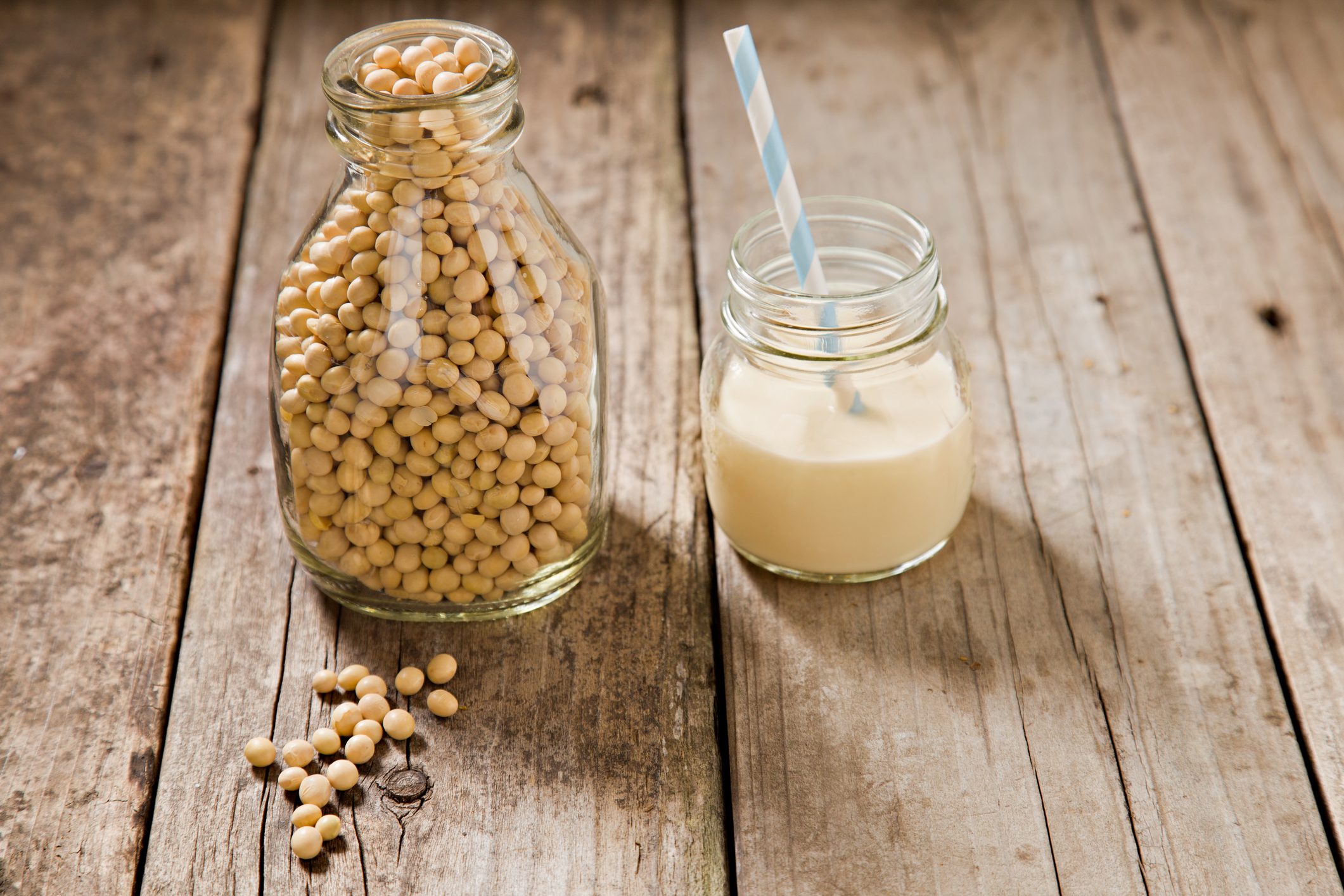Glucomannan: properties, how to use it and side effects
Today, glucomannan is used above all for its slimming and satiating properties: it helps to fight the absorption of fat and cholesterol. But let’s find out more about the properties of glucomannan: what it is used for, how to use it and what side effects it has.
;Resize,width=742;)
Glucomannan (Amorphophallus konjak) is a plant belonging to the Araceae family. It is used above all for its slimming and satiating properties: it helps to fight the absorption of fat and cholesterol. But let’s find out more about the properties of glucomannan: what it is used for, how to use it and what side effects it has.
Glucomannan (Amorphophallus konjak) is a plant belonging to the Araceae family. In particular, it is a tuber that contains a water-soluble vegetable fiber, which is obtained from the konjac root. It has always been known in the Eastern tradition, especially Japanese one, where it was used for its purifying, calming and expectorant properties. Today, glucomannan is used above all for its slimming and satiating properties: it helps to fight the absorption of fat and cholesterol. But let’s find out more about the properties of glucomannan: what it is used for, how to use it and what side effects it has.
Properties and benefits of glucomannan
Glucomannan promotes weight loss: its extract consists of a granular powder, which is characterized by a high viscosity. It also has the ability to swell up, absorbing water up to 60 times its weight, and generating a gel. After an hour in the stomach, thanks to the gastric juices it reaches its maximum volume, and here it remains for about 2 hours: in this way it produces a sense of satiety. For this reason it is a good ally for those who follow a low-calorie diet and want to lose weight: however, it is important to consult your doctor or nutritionist before taking it. Glucomannan also helps to deflate the belly, thanks to its purifying action and the "massage" that it does on the intestinal walls, favoring peristalsis and carrying out a laxative action. Glucomannan fibers would also help reduce the risk of heart disease and diabetes, as well as hinder fat and sugar absorption. Thanks to its action against bad cholesterol and its hypoglycemic properties, it is also recommended in obese and diabetics people who are following a dietary regime.

How to use glucomannan
Glucomannan is taken in powder or in dry extract capsules, which can be purchased in herbal medicine shops or in a pharmacy. The recommended daily dose varies from 1 to 4 grams, to be taken an hour before meals with a lot of water: it begins, in fact, to gel in the stomach 15 minutes after taking it and it reaches its maximum volume after an hour. After two hours it arrives in the intestine favoring the defecation. You can usually starts with 2 capsules a day, before breakfast and lunch. If improvements are noticed, another capsule can be taken before dinner. However, for the doses to be taken, it is best to consult your doctor. In case of meteorism, it will be necessary to reduce the doses. It is also possible to blend the contents of the capsule in 1/2 glass of almond milk and 1/2 glass of pomegranate juice. Run the mixer and drink it as a satiating and antioxidant aperitif.

Side effects
Glucomannan is not recommended during pregnancy and lactation, and it is not advisable in case of hypersensitivity to the active ingredient, in case of pathologies of the esophagus and intestinal obstruction. Glucomannan is a fiber, so it could reduce the absorption of drugs. For this reason it is advisable to consult your doctor if you follow chronic therapies, so as to distance your intake from that of medicines. It is important to drink plenty of water when taking glucomannan: otherwise, constipation may occur. When taken in excessive amounts, glucomannan may cause some unwanted effects such as heaviness in the stomach or diarrhea.

;Resize,width=767;)
;Resize,width=712;)
;Resize,width=712;)
;Resize,width=712;)
